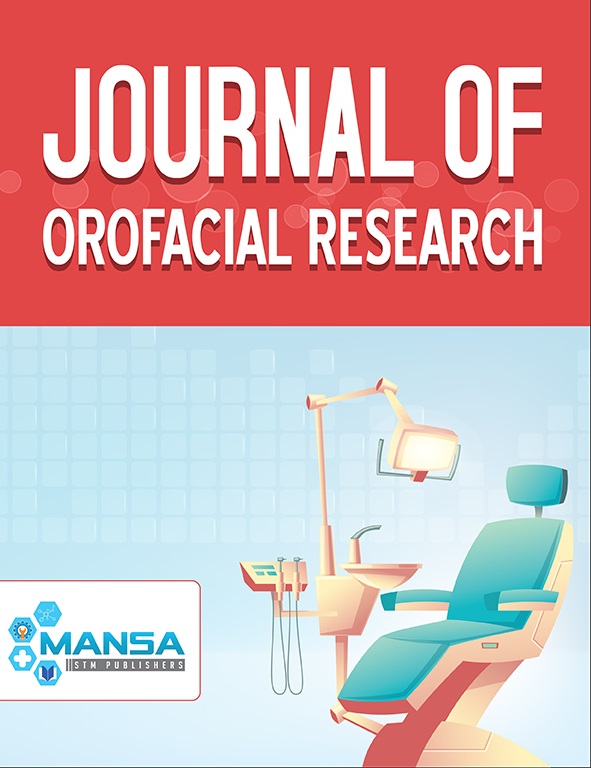Evaluation of the Efficacy of a Conventional Bristle Brush and Cross-action Brush in Routine Oral Hygiene Practice: A Comparative Study
Keywords:
Clinical trials, Plaque control, Toothbrush, Toothbrush design, Bristle.Abstract
Background: Toothbrush filament configuration can vary to a large extent with a considerable emphasis on the design and texture of bristle of a toothbrush in order to enhance effective removal of plaque. Aims: The aim of the study was to compare the plaque removing efficiency of two branded toothbrushes with different brush head design and bristle arrangement in routine oral hygiene practice. Materials and methods: The study was randomized single blind, involving 100 healthy individuals, 50 samples in each group. At the time of initial examination the subjects randomly picked toothbrushes (Oral B fresh-clean and Oral B crossaction) and common toothpaste by lottery method along with the printed instructions to use the assigned brush for next 28 days. Plaque and gingival indices were recorded at appointed time every 0, 7th, 14th, 21st and 28th day. Finally, the results
were subjected to student’s unpaired ‘t test’. Results: Plaque and gingival scores showed a significant decrease in all parameters at all time intervals. Plaque and gingival scores were found to be significantly reduced in 3rd and 4th week time interval with respect to both the brushes though the cross-action brush showed better result with mean reduction of gingival index score from 1.812 at baseline to 1.5733 at 4th week as compared to fresh-clean brush which showed mean reduction of gingival index score from 1.4161 at baseline to 1.4016 at 4th week. Conclusion: Among the two toothbrushes it was Oral-B crossaction toothbrush which showed the maximum reduction in plaque and gingival index scores followed by Oral-B fresh-clean toothbrush. It can be concluded that the arrangement of bristles plays a convincing role in reduction of plaque besides the manual dexterity of an individual.

